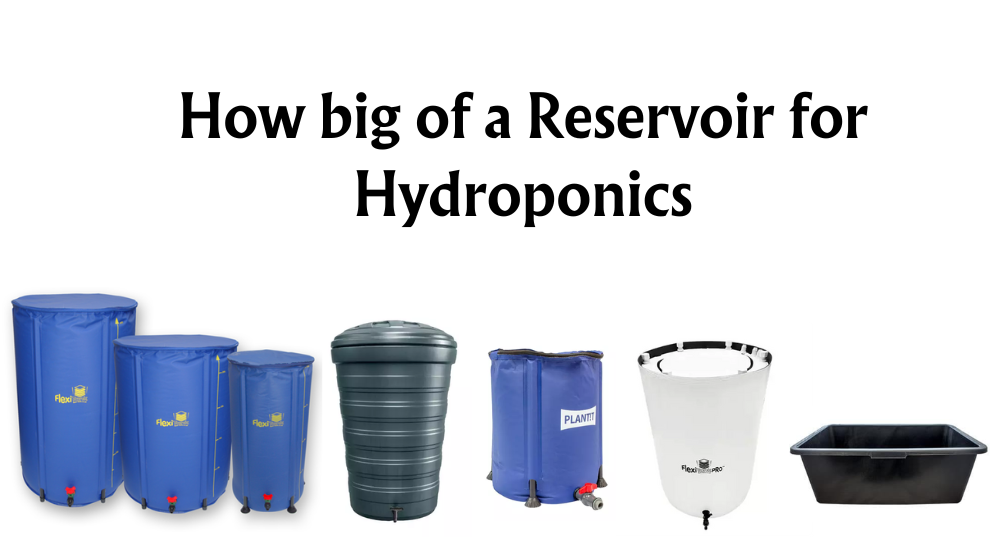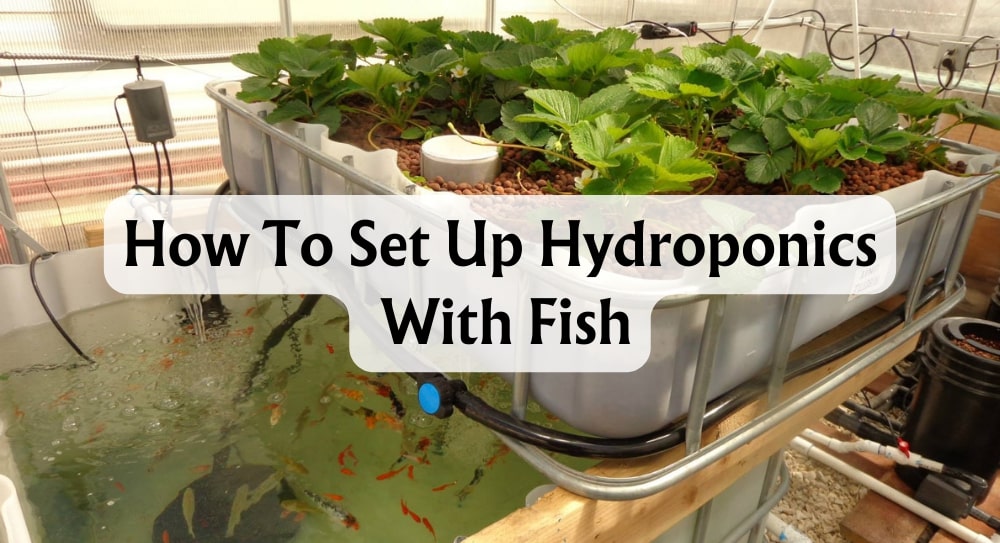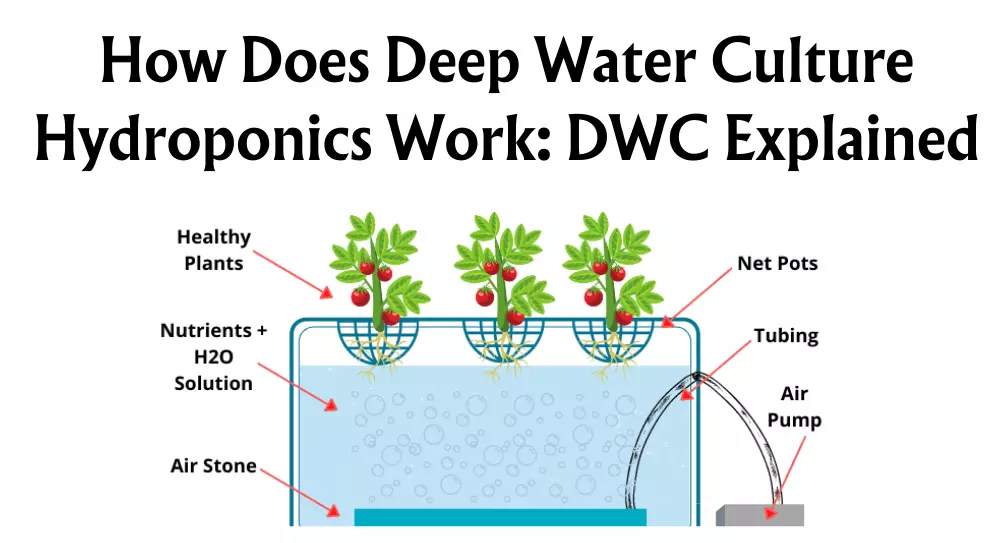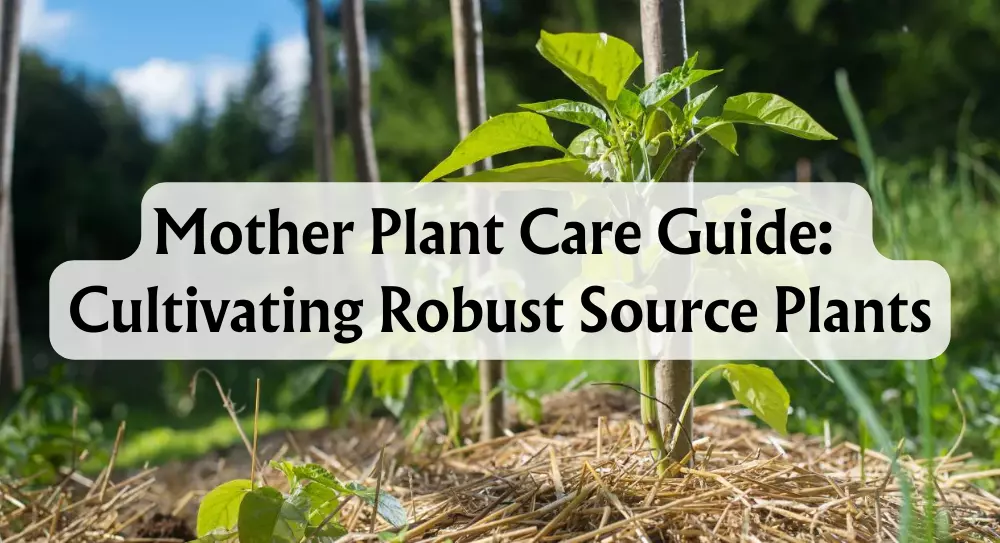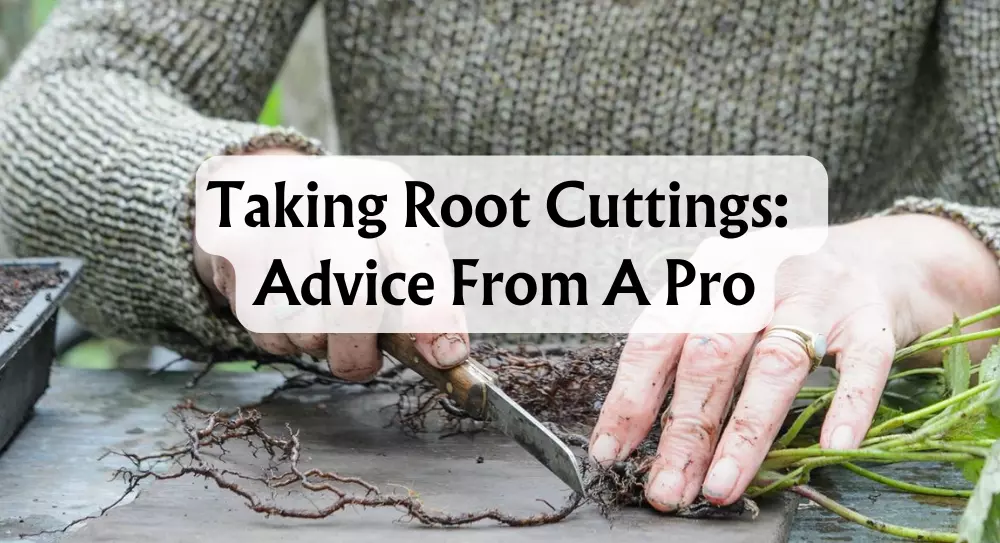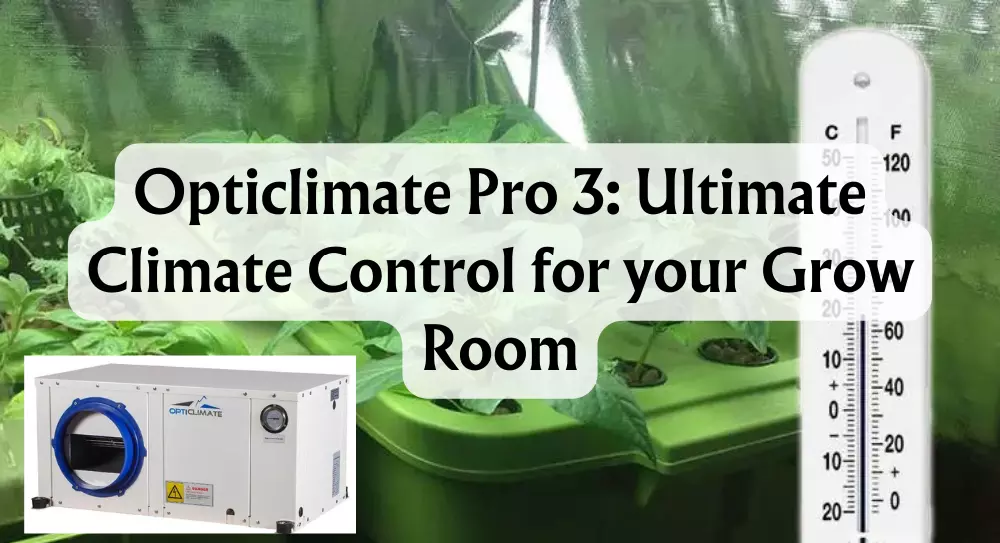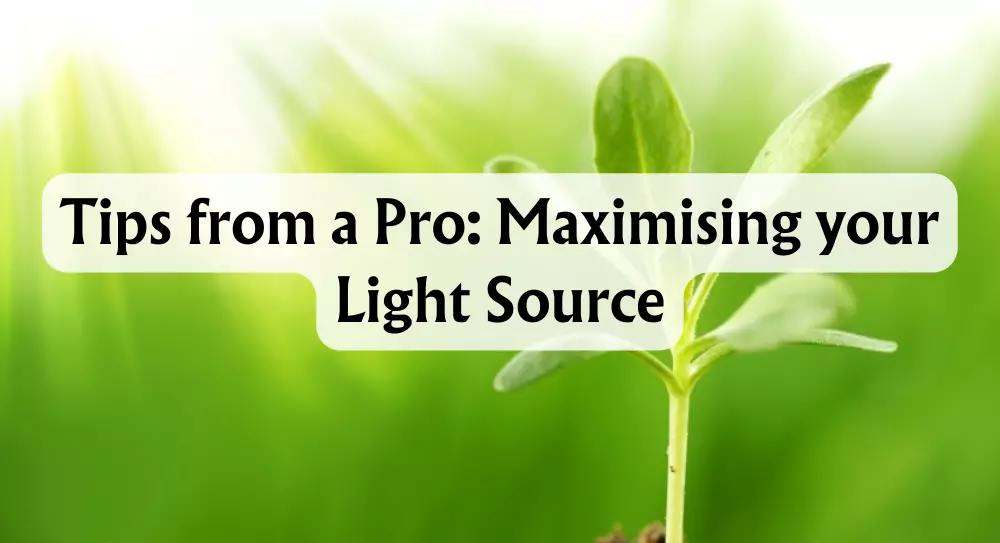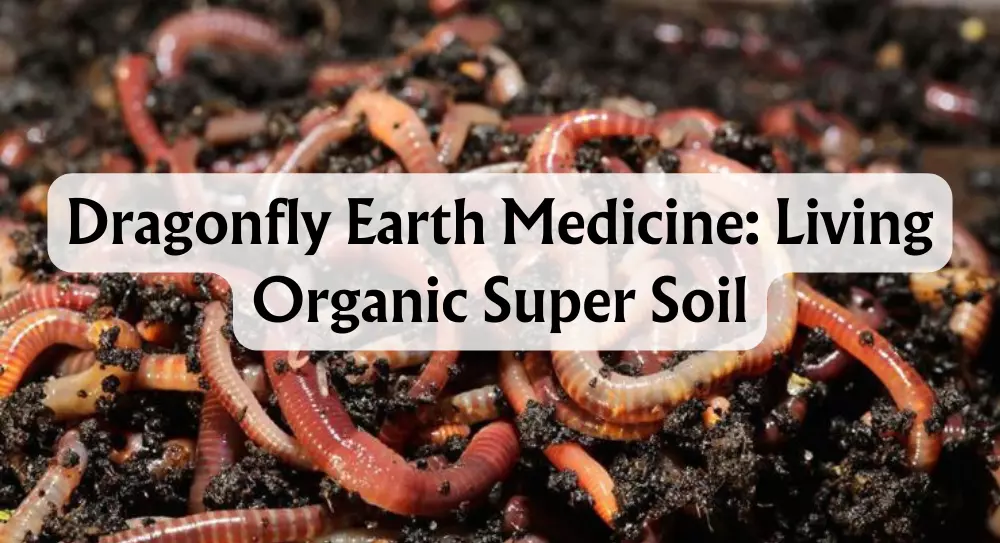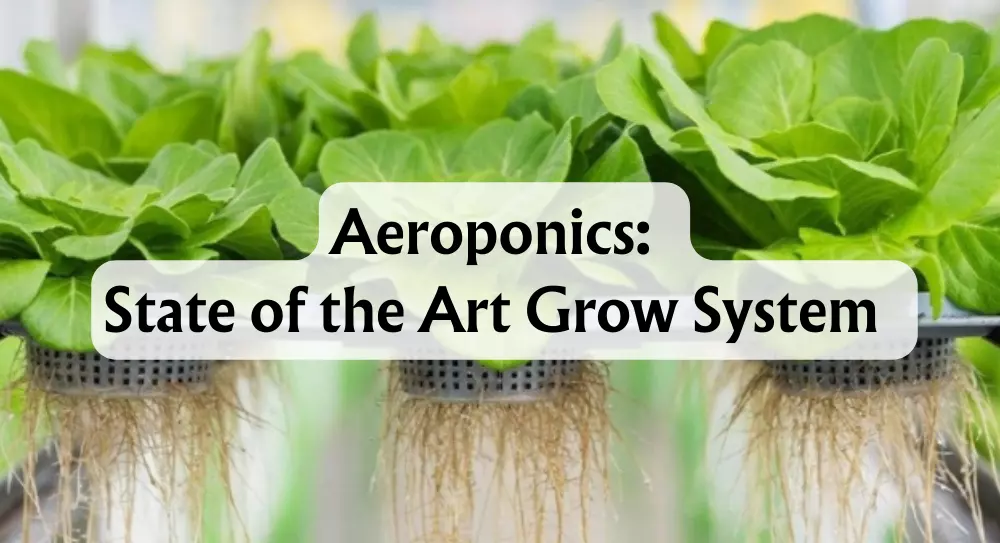How Big of a Reservoir for Hydroponics?
Have you ever wondered how big of a nutrient reservoir you need for your hydroponic system? It's a question that can boggle the minds of even the most seasoned growers. The size of your reservoir is crucial as it determines how effectively your plants receive their nutrients and water, ensuring their healthy growth. Let's dive in and explore the various factors influencing the size, from plant types to environmental conditions.
Hydroponics is a method of growing plants without soil, using nutrient-rich water solutions instead. Reservoirs are the heart of this system, holding the life-sustaining elixir that your plants need. If you're growing small plants, you might only need ½ gallon per plant. For medium-sized plants, 1 to 1 ½ gallons per plant is often sufficient. Larger plants might require up to 2 ½ gallons each. Balancing these needs can be tricky without the right guidance.
Beyond just the numbers, we want to ensure that your hydroponics system thrives without frequent maintenance headaches or the risk of plant stress. A larger reservoir can buffer against temperature fluctuations and reduce the frequency of nutrient solution replacements. We will also share handy tips on maintaining your hydroponic reservoir to keep your system running smoothly.
Key Takeaways
- Reservoir size is vital for hydroponic success.
- Small plants need ½ gallon, medium 1 to 1 ½ gallons, and large 2 ½ gallons per plant.
- Properly sized reservoirs help stabilise conditions and reduce maintenance.
Understanding Hydroponic Reservoirs
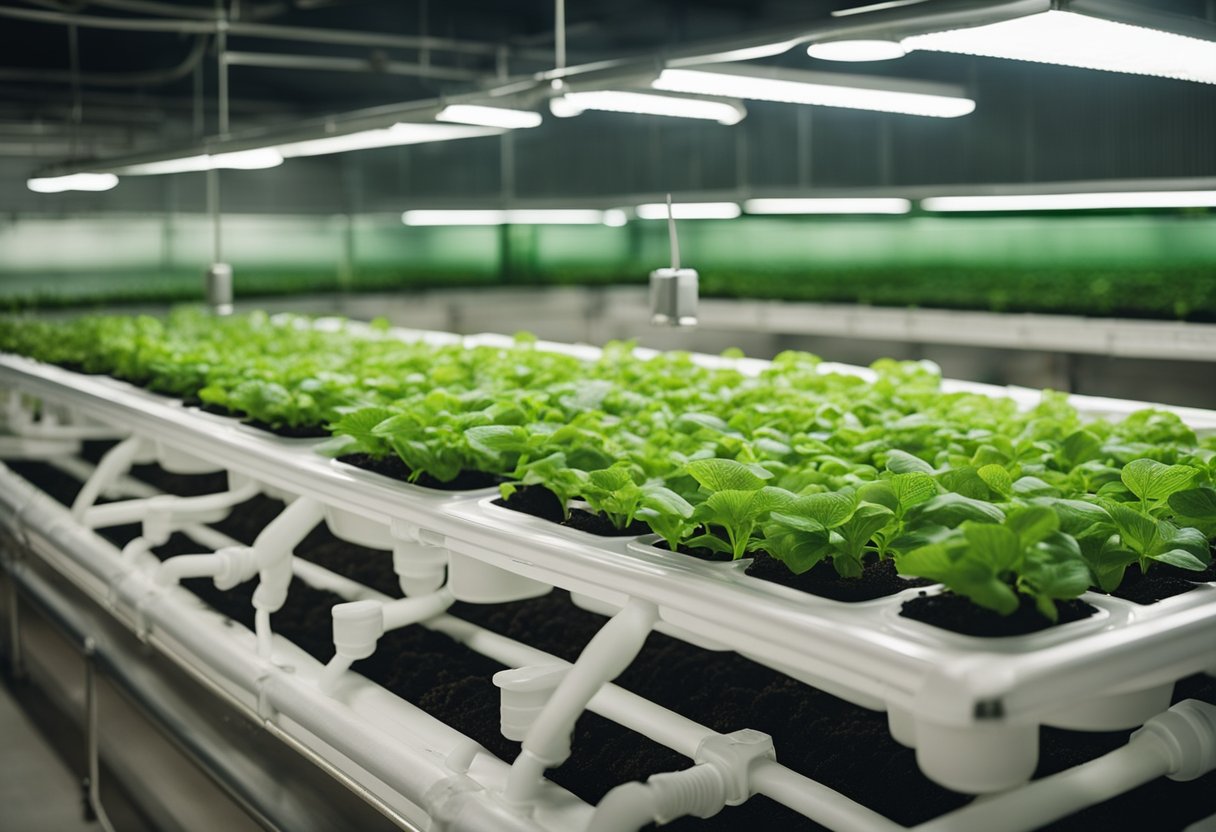
What is a hydroponic reservoir?
Hydroponic reservoirs are essential in hydroponic systems. They're the containers that hold the nutrient solution, providing the necessary water and nutrients to our plants' roots.
Think of it as a plant's kitchen and pantry combined. Without a good reservoir, plants simply wouldn't get what they need.
Why reservoir size matters
-
Impact on plant health and growth
A reservoir that's too small can lead to issues such as nutrient imbalances and water shortages. Plants might not get enough of what they need, and their growth will suffer.
Imagine trying to run a marathon and only getting a sip of water every few miles. The results wouldn't be great!
-
Influence on system maintenance
Larger reservoirs can make our lives a lot easier. They reduce the frequency of refills, helping us save time and reduce the risk of nutrient imbalances.
We've found that managing a larger reservoir means fewer headaches and healthier plants.
When choosing our reservoir size, there are a few key formulas and rules of thumb we follow:
- For small plants: At least ½ gallon per plant
- For medium plants: 1 to 1 ½ gallons per plant
- For large plants: 2 ½ gallons per plant
These are just the minimum recommendations. Depending on our setup and environment, we might need to adjust.
Factors Influencing Reservoir Size
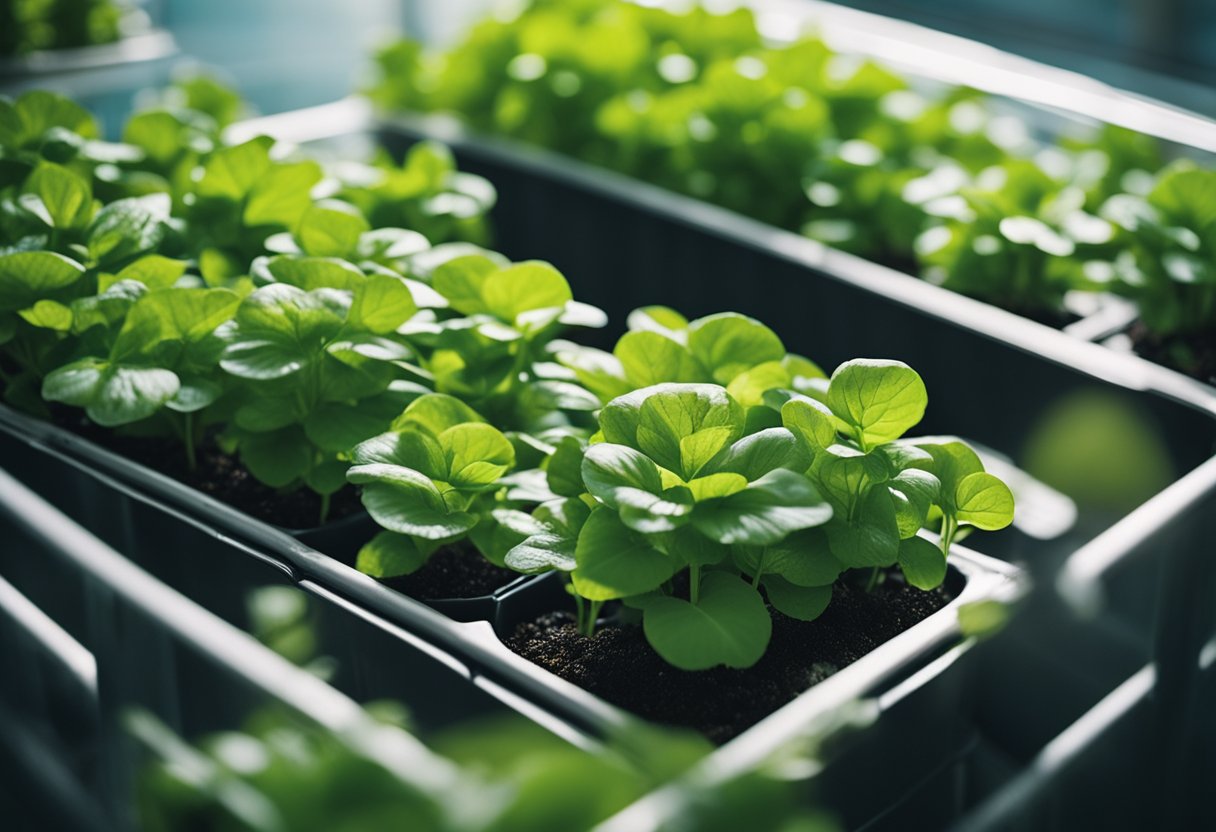
Let's dive into what you really need to consider when choosing the right reservoir size for your hydroponics system. We’ll cover water/nutrient solution ratio per plant, environmental factors like heat and humidity, and the impact of light.
Water/Nutrient Solution Per Plant Ratio
One of the first things to think about is the water and nutrient solution each plant needs. Generally, small plants require between 1/4 to 1/2 gallon of water. For instance, a 5-gallon bucket can comfortably support 2-4 small plants.
However, plant size and type matter a lot. Larger plants like tomatoes need much more water compared to smaller herbs. If you're growing different types of plants, you'll need to consider their specific water requirements and make sure your reservoir is big enough to support them all.
Heat
Heat plays a significant role in determining reservoir size. Higher temperatures can increase evaporation, meaning you’ll need a larger reservoir to keep up with the water loss.
If you live in a hot climate, expect to fill your reservoir more frequently. For example, a hydroponics system in a hot, dry region will require a larger reservoir than one in a cooler climate. Calculating these needs can prevent water stress on your plants and keep them thriving even in high temperatures.
Humidity
Humidity is another important factor. Low humidity levels lead to higher rates of transpiration in plants. As a result, plants in dry environments will consume more water from the reservoir.
Ensuring your reservoir size can accommodate these needs means fewer refills and more consistent nutrient deliveries to your plants. A proper balance helps maintain healthy plant growth and reduces the likelihood of water stress.
Light Duration And Intensity
Last but not least, the duration and intensity of light affect how much water your plants use. Longer periods of light exposure cause plants to take up more water, increasing the demand on your reservoir.
If you’re running your lights for more extended periods or using high-intensity lights, expect your plants to be thirstier. A larger reservoir will help manage the increased water and nutrient needs without frequent refills, giving you one less thing to worry about.
There you have it! These factors—water/nutrient solution ratio per plant, heat, humidity, and light duration and intensity—all play pivotal roles in choosing the right reservoir size for your hydroponics system.
Calculating Your Ideal Reservoir Size
Determining the right reservoir size for your hydroponic system can be a bit of a puzzle, but don't worry, we’ve got this covered!
First off, let's consider the type and number of plants. Small plants typically need about half a gallon of water each, whereas medium-sized plants require 1 to 1.5 gallons. Large plants? They guzzle around 2.5 gallons per plant.
Next, factor in the environmental conditions. Warmer climates or dry environments will require a bit more water to keep things in balance. Cooler, humid environments? You can get away with a bit less.
Also, think about the type of hydroponic system. Are we talking about a simple Deep Water Culture or a more elaborate Nutrient Film Technique? This can affect your reservoir needs too.
Let’s look at a practical example. For a small indoor herb garden with ten basil plants, we’ll need a minimum reservoir size of:
- Basil (medium-sized plant): 1 gallon per plant
- Total: 10 plants x 1 gallon = 10 gallons
Now, if we ramp this up to a large tomato system with eight big tomato plants in a hotter environment:
- Tomato (large plant): 2.5 gallons per plant
- Add an extra 20% for the hot environment
- Total: 8 plants x 2.5 gallons = 20 gallons
Now, add 20%: 20 gallons x 1.2 = 24 gallons
So, for those tomatoes, we’d need at least 24 gallons in our reservoir. Easy peasy, right?
Breaking it down like this ensures we have the right amount of water and nutrients, keeping our plants happy and healthy.
Consequences Of An Undersized Reservoir
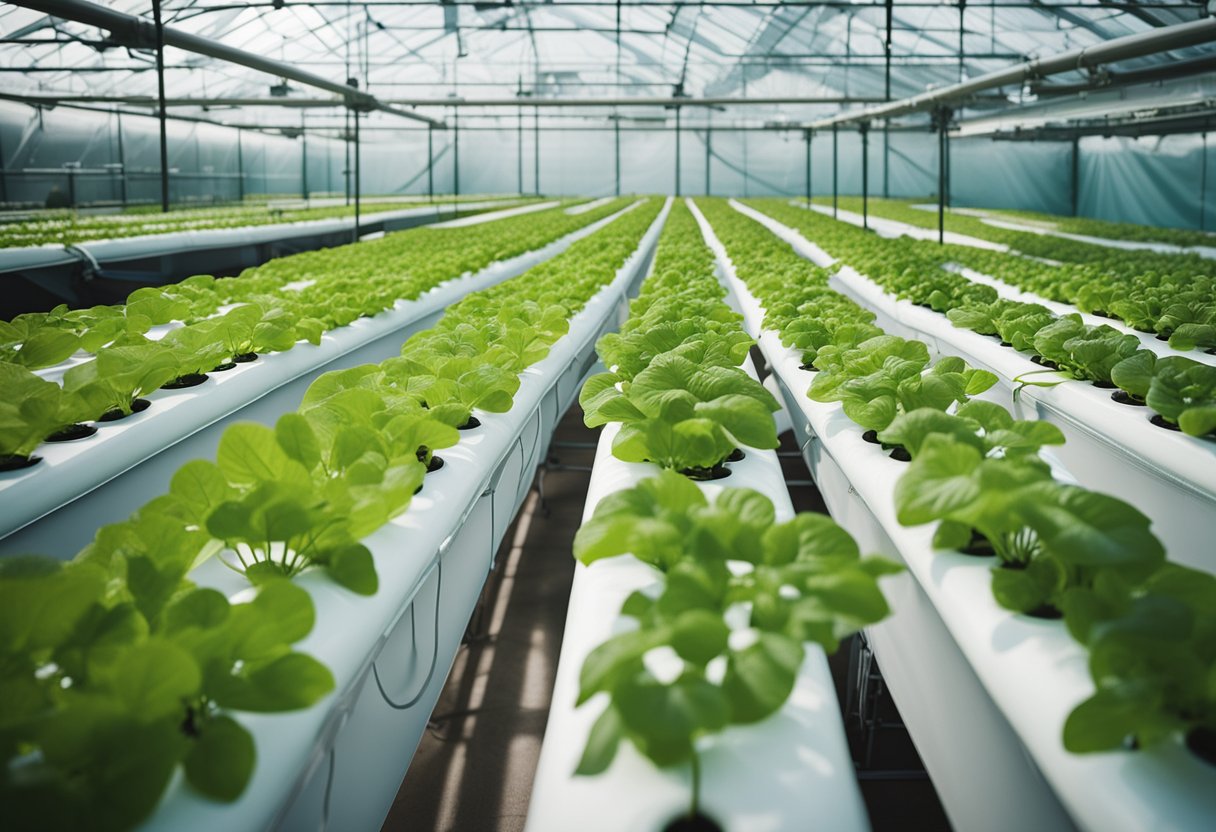
Undersized reservoirs in hydroponic systems can lead to various issues that directly affect plant health and growth. Let's discuss the critical problems you might face, including nutrient imbalance, pH imbalance, and lack of oxygen.
Nutrient Imbalance
With an undersized reservoir, one of the main issues we encounter is the rapid depletion of nutrients. This happens because the smaller volume of water gets used up more quickly, leading to frequent nutrient shortages.
An undersized reservoir also results in uneven nutrient distribution. As the plants consume the nutrients at different rates, the concentration of essential elements can become uneven, causing some plants to thrive while others struggle. This inconsistency can result in poor overall growth and lower yields.
pH Imbalance
A smaller reservoir means faster pH fluctuations. Since there’s less water to buffer the pH changes, any addition of nutrients or pH-adjusting chemicals can cause rapid shifts in the pH level. These quick changes are not ideal for plant health and can lead to stress and nutrient lockout.
Rapid pH changes directly impact nutrient availability. When the pH strays from the optimal range, certain nutrients become less available to plants. For instance, a pH that is too acidic or too alkaline can lock out nutrients like phosphorus, potassium, and magnesium, negatively affecting plant growth.
Lack Of Oxygen
Undersized reservoirs often lead to reduced dissolved oxygen levels due to limited water volume. Plants in a hydroponic system depend on dissolved oxygen to thrive, and a smaller amount of water means oxygen gets depleted more quickly.
Low oxygen levels can have severe effects on root health. Without sufficient oxygen, roots may become waterlogged and start to rot, leading to diseases and poor nutrient uptake. This severely hinders plant growth and can even result in plant death if not promptly addressed.
In summary, ensuring your reservoir is adequately sized is crucial for maintaining a balanced nutrient environment, stable pH levels, and sufficient oxygenation, all of which are vital for healthy plant growth in hydroponic systems.
Benefits Of Properly Sized Reservoirs
Stable Growing Environment
When we have a properly sized reservoir, our hydroponic system maintains a stable growing environment for our plants. The larger volume of water helps regulate temperature and pH levels more effectively. Imagine not having to panic about sudden temperature spikes or acidity swings—our plants will thank us for it!
Reduced Maintenance
A well-sized reservoir can majorly cut down our maintenance time. With a bigger reservoir, we won't need to refill it as frequently. Less time spent on upkeep means more time to enjoy watching our plants grow. Plus, it reduces the chances of system failures, making our gardening experience smoother and stress-free.
Improved Plant Health and Yields
A correct reservoir size ensures that our plants receive a consistent supply of nutrients and water. This consistency is key to their growth and yields. More water means fewer nutrient imbalances and less chance of our plants drying out. Our plants will be healthier, and we'll see improved yields, making all our efforts worthwhile!
Tips For Maintaining Your Hydroponic Reservoir
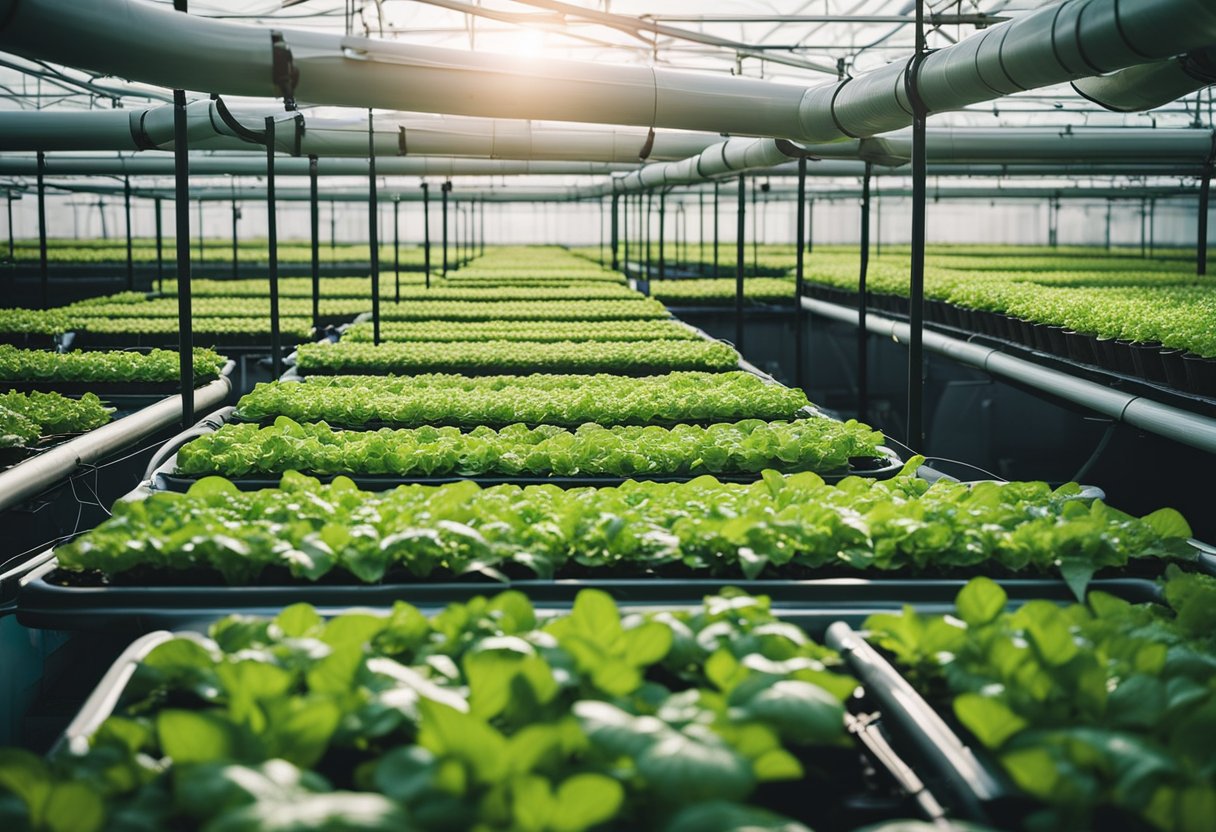
Regular Cleaning and Sanitisation
First off, cleanliness is paramount. We should empty and clean our reservoirs regularly to prevent algae buildup and bacterial growth. A simple schedule might be once a week or every two weeks.
A mix of water and hydrogen peroxide works wonders for sanitising. Don't forget to scrub all surfaces to remove any residue!
Monitoring Nutrient Levels and pH
Keeping an eye on nutrient levels and pH is crucial. Use a digital probe to measure both, aiming for optimal nutrient strength and pH balance.
Daily checks are best, around the same time each day. This habit helps us catch any fluctuations early and adjust as necessary. Jot down readings in a diary to track trends and changes.
Ensuring Proper Aeration
Our plants need oxygen just as much as nutrients. Adding an air pump and airstone to the reservoir can keep the water well-oxygenated. This prevents root rot and promotes healthier growth.
Using these tips ensures our hydroponics system runs smoothly and our plants thrive.
Conclusion
We've covered some handy guidelines to help you decide on the size of a hydroponics reservoir. Remember, small plants typically need about 1/2 gallon of water each, medium-sized plants require around 1 to 1.5 gallons, and large plants need at least 2.5 gallons.
Let’s apply these numbers to your setup. Got 10 medium-sized plants? You'd need around 10 to 15 gallons of water. Simple, right?
If you're designing a reservoir, don’t forget to consider the extra capacity. A general rule is to add around 20% more to accommodate evaporation and other unexpected needs.
Whether you're growing tomatoes, herbs, or flowers, having the right reservoir size is crucial for thriving plants. Don't just take our word for it—dive into your hydroponics journey with confidence!
You've got the know-how. Now let's get those plants growing!







 Store Locator
Store Locator
